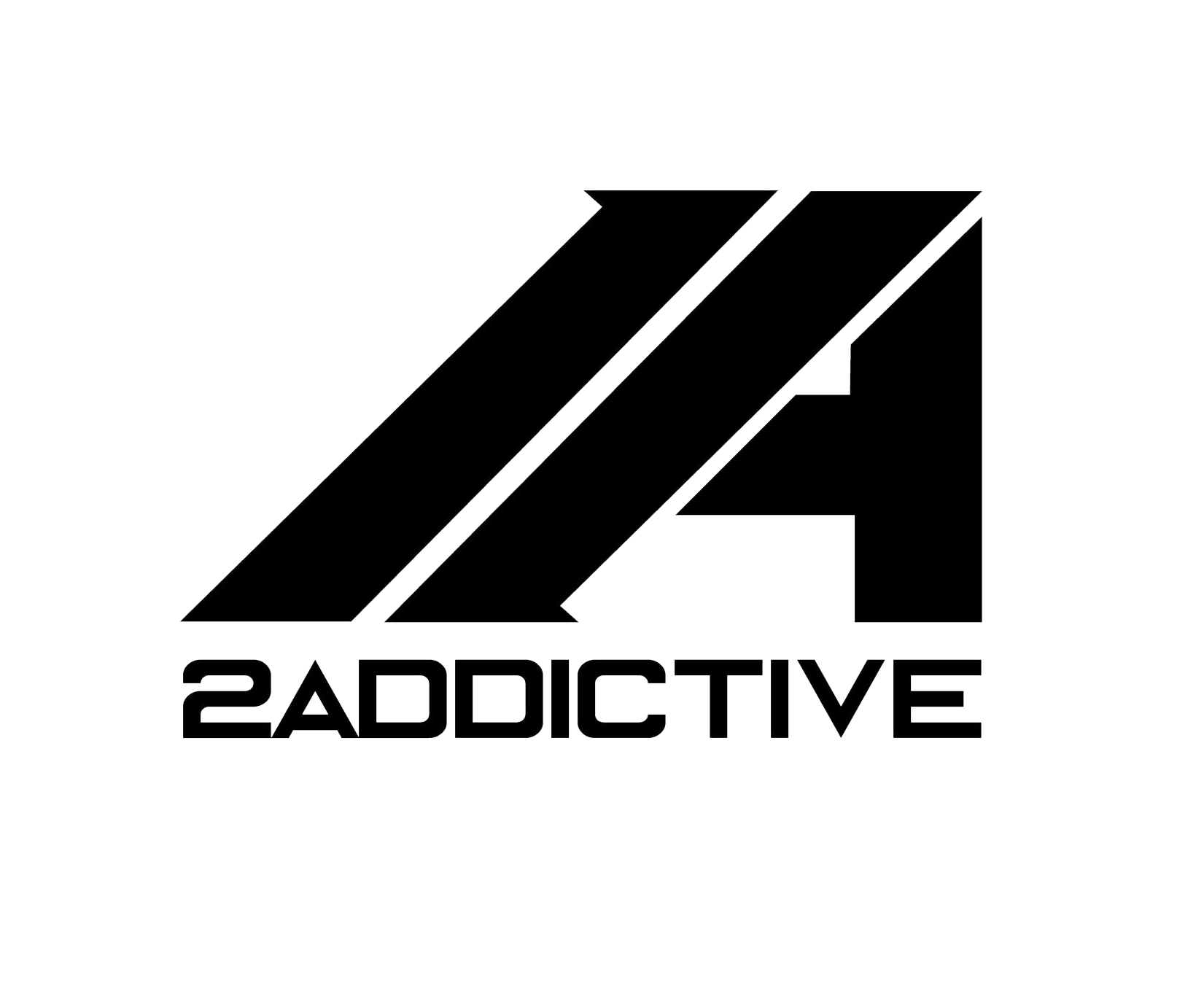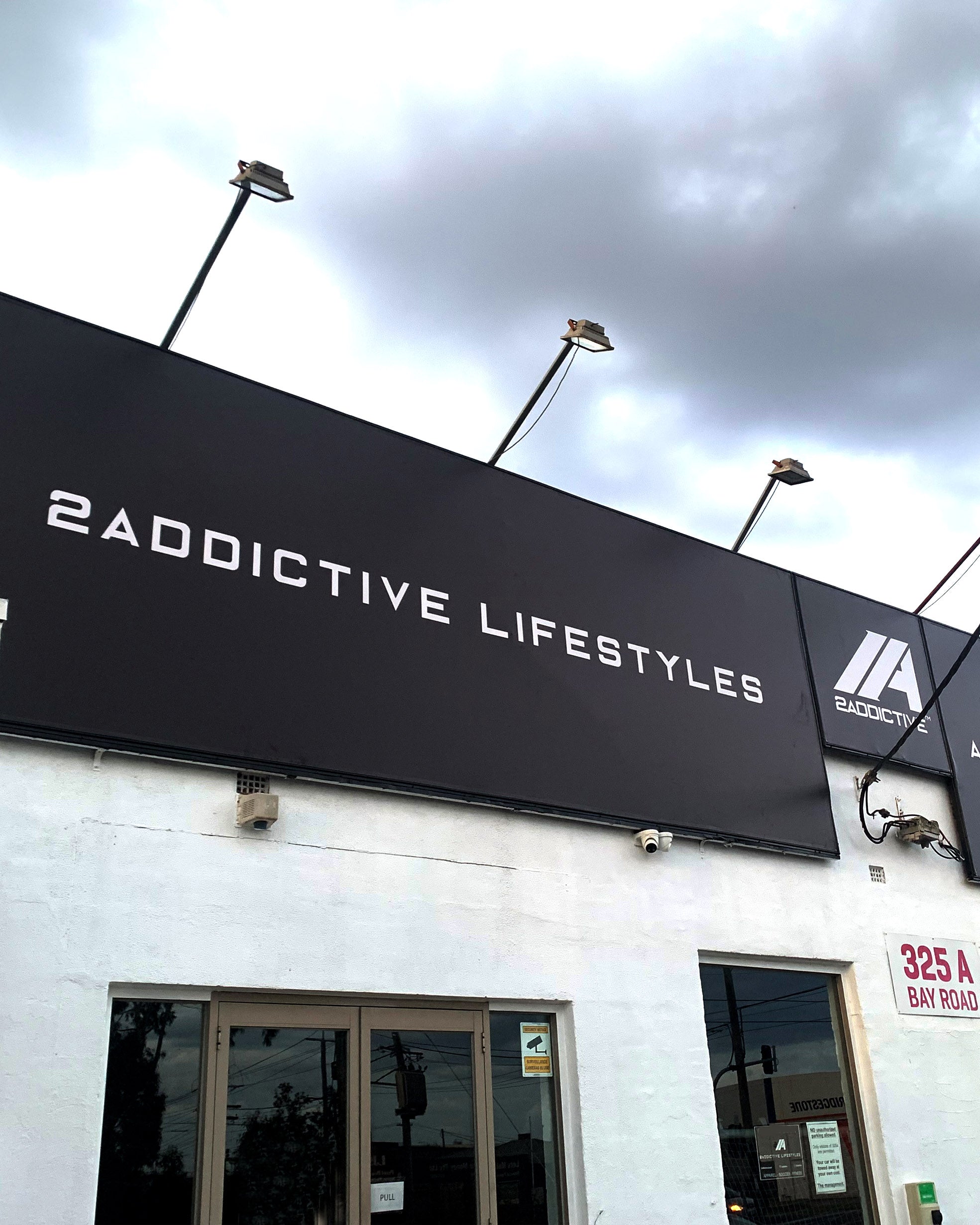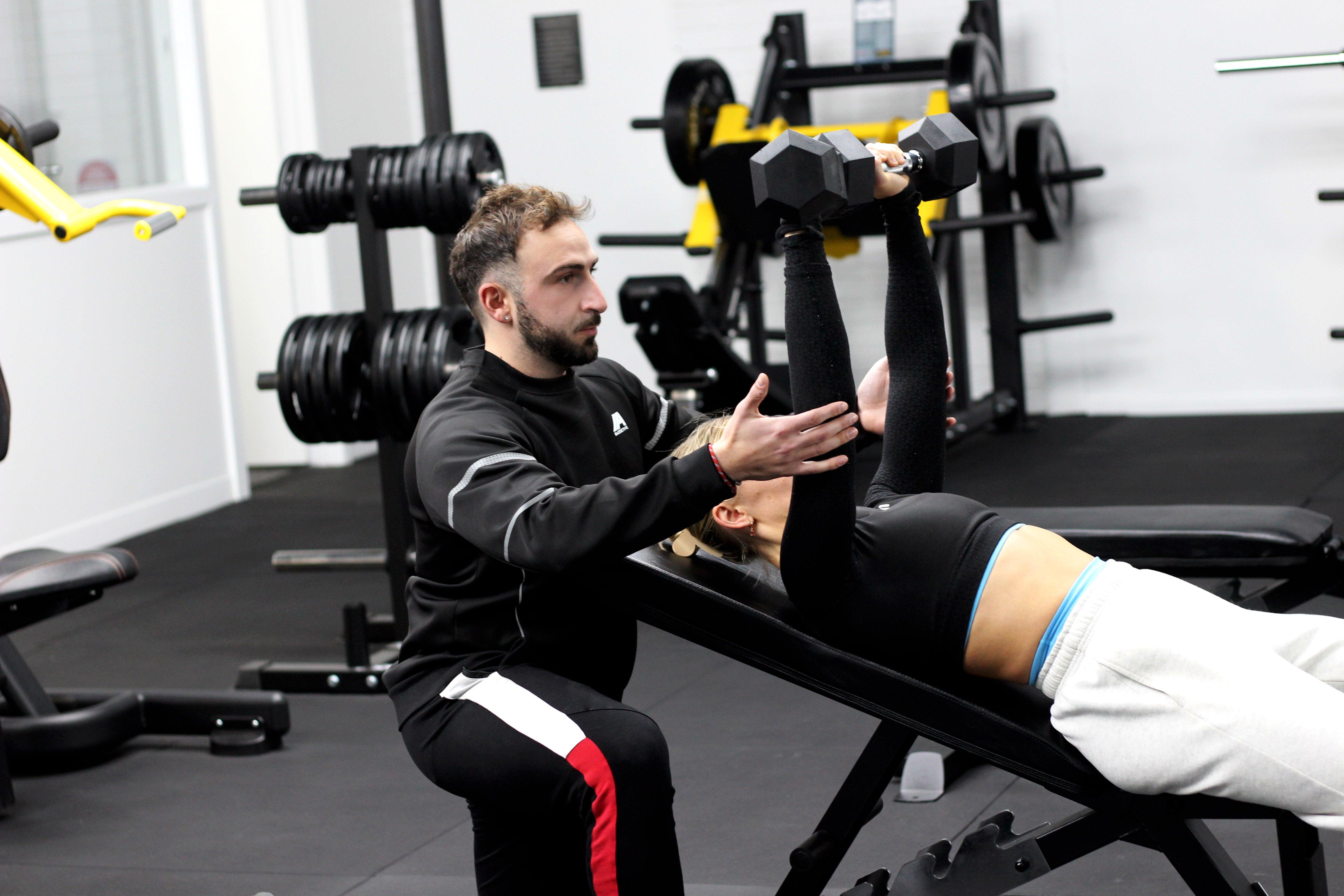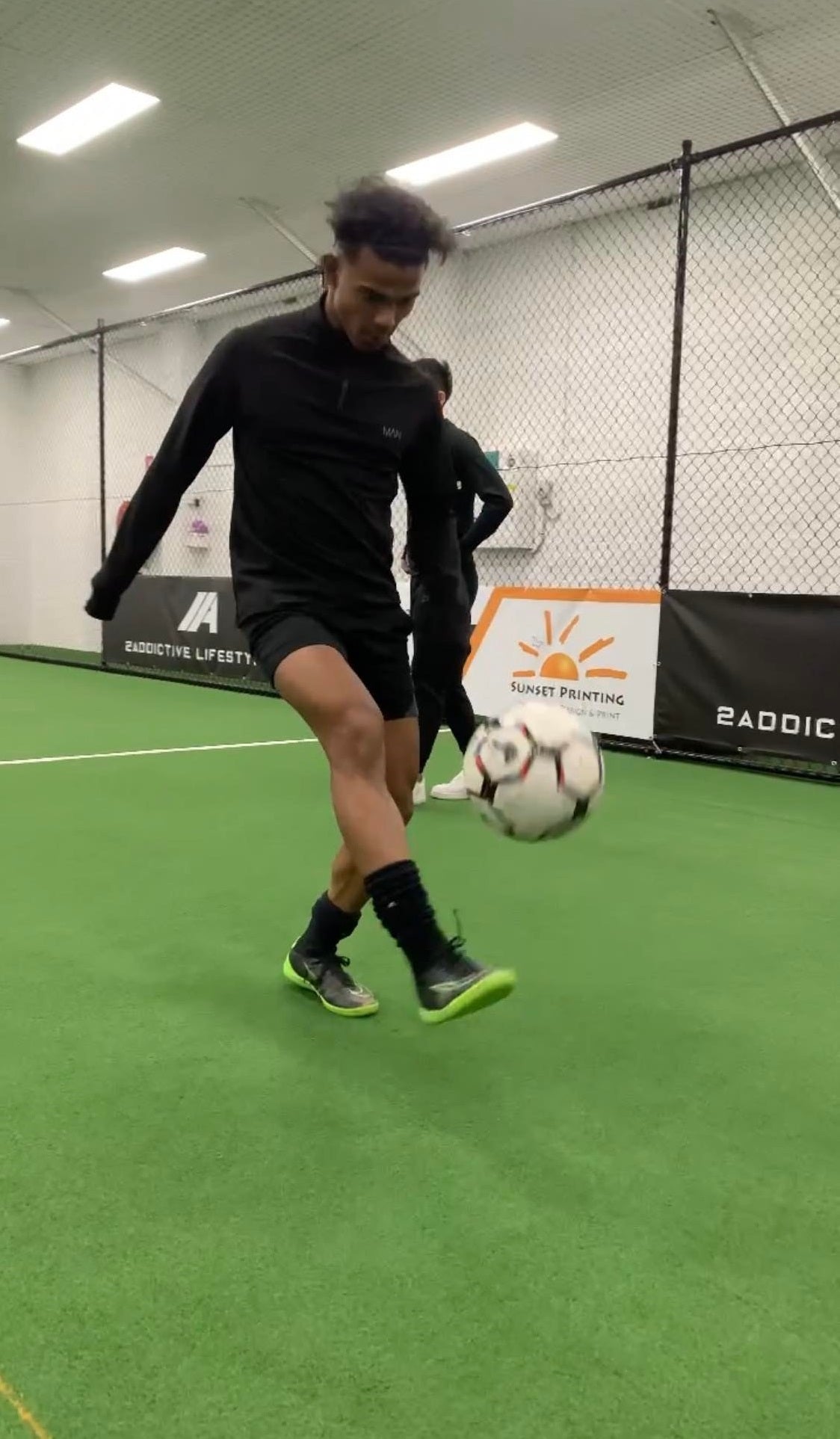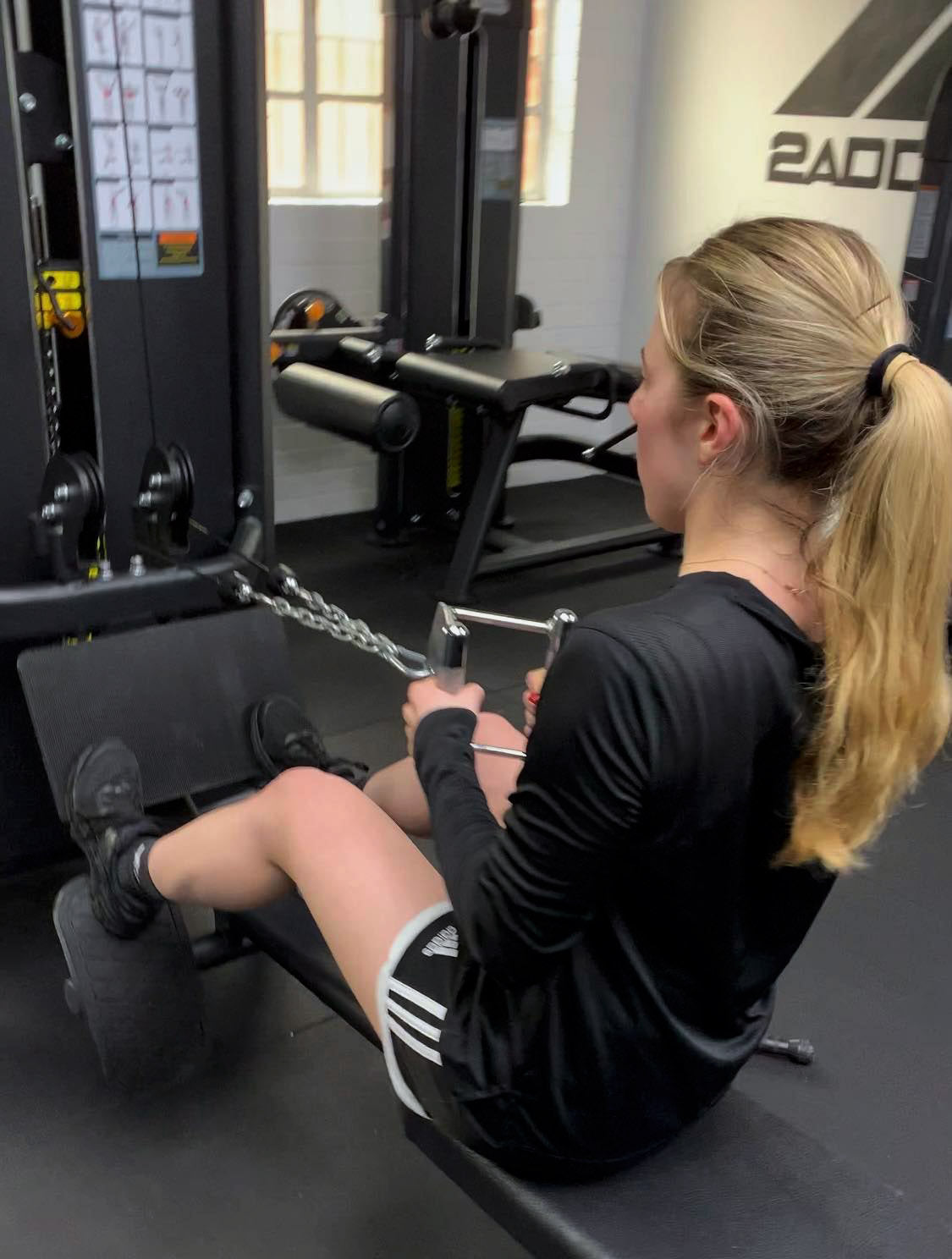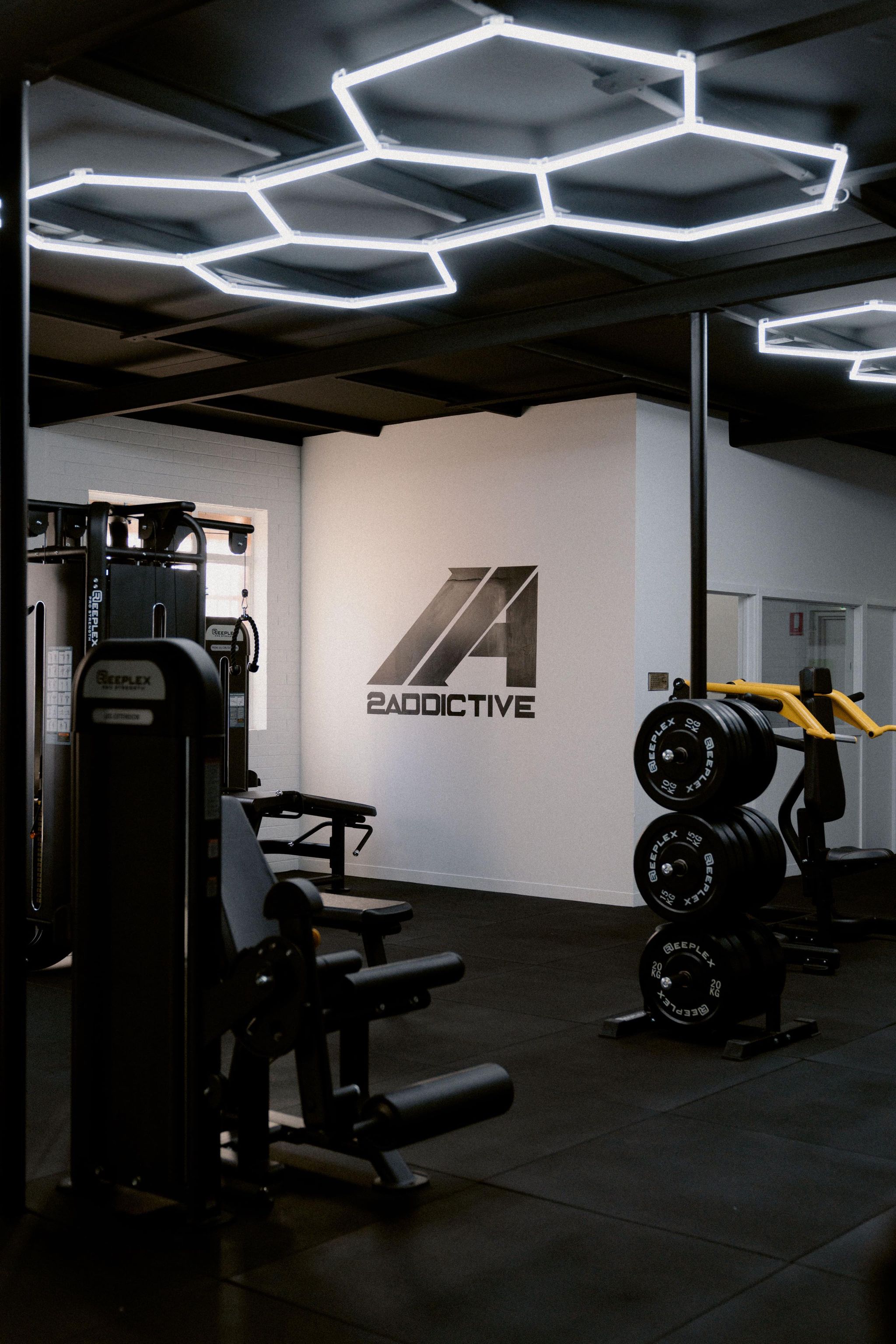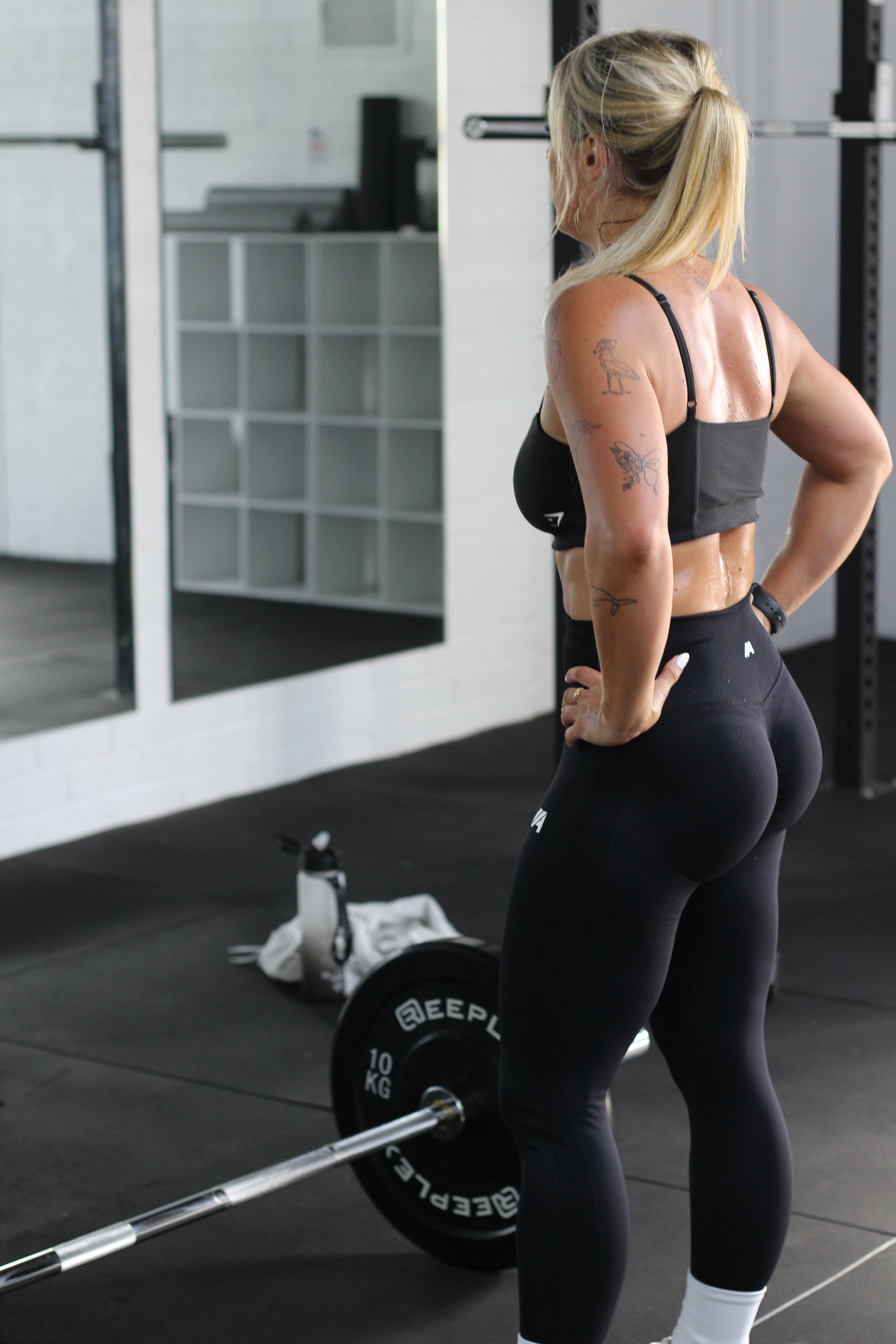Unlocking Athletic Potential: A Deep Dive into Agility, Strength, Coordination, and Fast Feet Movements
In the realm of athletic training, the pursuit of excellence encompasses more than sheer physicality. It's a harmonious blend of agility, strength, coordination, and the intricate dance of fast feet movements. This comprehensive guide delves into the intricacies of each element, offering insights into how they collectively propel athletes towards their zenith.
Agility Training: Beyond Speed, Embracing Precision
Agility, often misconstrued as mere quickness, unfolds as a nuanced interplay of speed, precision, and adaptability. It's the athlete's ability to seamlessly navigate complex movements with finesse, responding promptly to external stimuli. Incorporating agility training goes beyond traditional notions of speed, embracing dynamic exercises like cone drills, ladder routines, and shuttle runs. These not only elevate the athlete's responsiveness but also instill a level of precision that can be a game-changer on the field or court.
Answering Common Questions:
-
What is the best age to start agility training?
Agility training can commence around 6-7 years old, focusing on fun activities that enhance motor skills while adapting to the child's developmental stage. -
Is agility training expensive?
Agility training costs vary, but it can be adapted to different budgets. At 2addictivelifestyles, we offer diverse programs to ensure accessibility for all enthusiasts. -
How to do agility training?
Agility training involves dynamic exercises such as cone drills, ladder routines, and shuttle runs. Seeking professional guidance ensures a tailored and effective agility training program.
Strength Training: Building the Foundation of Power
Strength, the cornerstone of athletic prowess, extends beyond muscle development. It is the foundation of power, endurance, and injury prevention. From classic weightlifting regimens to bodyweight exercises, a robust strength training program ensures that an athlete's body is not only resilient but primed for the rigors of their chosen sport. The marriage of strength and agility creates a formidable athlete capable of exerting force with precision.
Answering Common Questions:
-
Do you need a gym for strength training?
No gym? No problem. Bodyweight exercises, resistance bands, and household items can serve as effective tools for strength training. -
Where do I start strength training?
Begin with compound exercises like squats and push-ups. Seeking professional guidance, and considering our squad training at 2addictivelifestyles, ensures a structured and effective program. -
Is 20 minutes of strength training a day enough?
Yes, efficient workouts matter. A well-structured 20-minute session can yield benefits. Our squad training optimizes time, delivering effective results. -
Where can I build strength?
Strength can be built anywhere. Building strength can be done at home, at a park, a gym, training centre and more. The main focus on building strength is to pick a place where distraction is limited and you can put time towards this craft.
Coordination: The Synchronization of Mind and Body
Coordination, often overshadowed by its brawnier counterparts, is the unsung hero of athletic performance. It's the synchronization of mind and body, demanding precise timing and control. Coordination exercises, ranging from seemingly simple drills like juggling to sport-specific movements, enhance motor skills and foster an elevated level of body awareness. This heightened coordination is a catalyst for the seamless execution of complex maneuvers, setting apart elite athletes from the rest.
Answering Common Questions:
-
What type of training is best for coordination?
Coordination benefits from activities like dance, martial arts, and specific sports drills. Integrating these elements for a holistic coordination approach. -
What can I do to improve my coordination?
Engage in activities requiring hand-eye coordination, such as juggling or playing catch are basic but work. Adding more advanced movements such as jumping, turning directions and lateral movements can be more ways to get better coordination. -
What are the 3 types of coordination skills?
The three types of coordination skills are hand-eye coordination, foot-eye coordination, and whole-body coordination. -
How do you become a coordinated person?
Becoming coordinated involves consistent practice of activities that challenge your coordination. Our squad training emphasizes gradual progression to help individuals become more coordinated.
Fast Feet Movement Patterns: Speed and Precision in Every Step
In the realm of sports demanding swift footwork – soccer, basketball, tennis – the significance of fast feet movement patterns cannot be overstated. It's the art of moving rapidly and decisively, a skill honed through agility ladder drills, rapid directional changes, and intricate footwork sequences. These dynamic patterns not only enhance an athlete's speed but also refine their ability to pivot, accelerate, and decelerate with utmost precision.
Answering Common Questions:
-
What are some lateral exercises?
Lateral exercises include lateral lunges, side plank raises, and lateral band walks. Our squad training incorporates these movements for comprehensive fitness. -
What are the different types of lateral movements?
Lateral movements involve side-to-side motion and include lateral shuffles, side steps, and lateral jumps. Our squad training enhances lateral agility for well-rounded athleticism. -
What is the best type of lateral raise?
For shoulder development, lateral raises with dumbbells are effective. -
What are the 4 types of exercise training?
The four types of exercise training are aerobic, anaerobic, flexibility, and resistance training.
Creating a Holistic Training Program: Bringing It All Together
The synergy of agility, strength, coordination, and fast feet movements converges in a holistic training program. This integration is paramount for athletes aiming to unlock their full potential. Tailoring workouts to align with the specific demands of a sport ensures a comprehensive approach. Agility drills enhance responsiveness, strength training builds power, coordination refines movements, and fast feet patterns fine-tune footwork. Together, they form a symphony of athletic prowess, harmoniously elevating an athlete's performance to new heights.
In conclusion, this holistic approach to athletic training isn't merely about pushing physical boundaries; it's about refining the nuanced interplay of body and mind. Embrace the challenge, stay consistent, and witness how agility, strength, coordination, and fast feet movements collectively propel you to athletic excellence.
